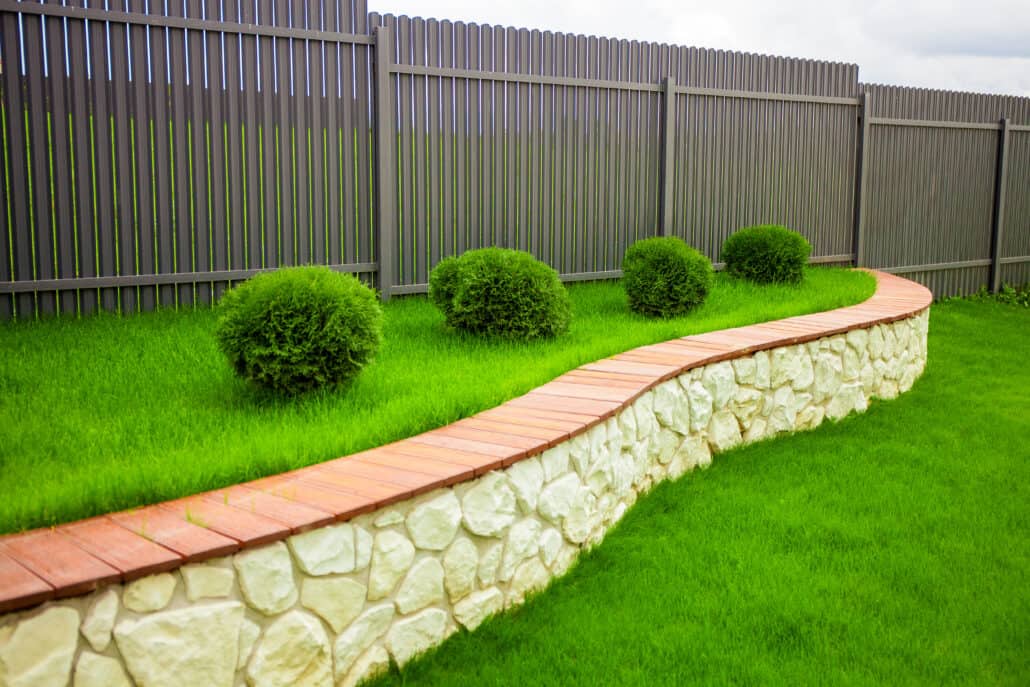All Categories
Featured

Your fence is an essential part of your residential or commercial property, offering visual, safety, and personal privacy allure. There are numerous techniques you can implement to secure your fencing and extend its life.
- Choose the Right Product. The first action in securing your fence from weather-related damage is to pick the right material for your environment. Some materials are much more resistant to the components than others.
Wood Fencings: While traditional wood fences provide an all-natural, eye-catching appearance, they are specifically prone to water parasite, rot, and damages problem. If you select wood, choose pressure-treated lumber or wood types that are extra resistant to wetness, such as cedar or redwood. Plastic Fences: Plastic is a low-maintenance option that stands up to fading, cracking, and bending. It's likewise immune to rot and bugs, making it excellent for locations with high humidity or direct exposure to rainfall. Steel Fences: Light weight aluminum and functioned iron fencings are durable and immune to weathering. Nevertheless, they can rust if exposed to moisture for prolonged durations. Choose a galvanized or powder-coated metal fencing to minimize the risk of corrosion. Compound Fences: These are made from a blend of timber fibers and plastic, using the very best of both worlds-- durability and a natural appearance. Composite fencings are resistant to wetness, fading, and deteriorating, making them wonderful for climates with regular rain or snow. 2. Apply Protective Coatings. No matter of the material, using a safety coating can aid secure your fencing from weather condition damages.

Wooden Fences: A good-quality stain or sealant can help protect your wood fencing from wetness, UV rays, and pests. These coatings create a barrier that protects against water from leaking right into the wood and creating rot. You need to use a fresh coat of sealer every couple or stain of years, depending on your environment and the degree of direct exposure to rainfall and sunlight. Plastic Fences: Although vinyl fences are generally resistant to weathering, they can still endure from staining due to the sun's UV rays. You can utilize specialized plastic cleansers or UV protectants to preserve the shade and appearance of your fence. Metal Fences: For metal fences, think about using a rust-resistant guide and a coat of paint designed for exterior use. Powder covering is one more exceptional option for steel fencings, as it develops a sturdy, weather-resistant coating that resists rust and corrosion. 3. Regular Cleansing and Maintenance. Preserving your fencing consistently is important to protecting against damage from the aspects. Dirt, leaves, and other debris can develop on your fencing, which can cause staining, mold, and mold with time.
Wood Fencings: Clean your wooden fence every 6 months with a moderate detergent service or a pressure washer (on a reduced setup) to remove dust and grime. Watch out for very early indicators of rot, particularly at the base of the fence posts where moisture has a tendency to collect. Plastic Fences: Vinyl fencings are very easy to tidy with soap and water. If you notice mold or mildew, make use of a mixture of vinegar and water to gently scrub the influenced locations. Prevent extreme chemicals that might harm the surface. Metal Fences: Frequently clean metal fences with a soft fabric or sponge to remove rust-causing debris. For functioned iron fences, consider using a rust-inhibiting product to stop rust. 4. Correct Installment and Positioning. Appropriate installment of your fencing can go a lengthy method in securing it from weather-related damages. Guarantee that your fencing is safely secured which blog posts are set deep enough into the ground to avoid shifting during hefty winds or storms. If your fence undergoes hefty winds, setting up supporting at bottom lines can give extra assistance.
Additionally, think about the positioning of your fencing. Preferably, plant shrubs or trees tactically around your fencing to offer some natural protection from rough winds, intense sunlight, or motoring rain. Be careful not to plant as well close to the fence, as roots can harm or change blog posts over time.
- Address Tornado Damages Quickly. Storms, especially those with high winds or hail, can trigger instant damage to your fence. After a tornado, evaluate your fence for busted areas, leaning posts, or dropped particles. Resolving damages promptly can stop additional concerns down the line. If you notice small damages, such as tiny splits or loosened panels, repair them immediately to avoid water from leaking in and causing extra extensive damages.
- Winterize Your Fencing. Cold temperature levels and ice can be especially damaging to wood fencings. To avoid this, make sure that the base of your fence messages is elevated and not resting in pooled water.
Verdict. Weather-related damages is an unpreventable part of having a fencing, yet with the right safety measures and routine maintenance, you can substantially extend the life of your fence. Choose resilient products suited for your climate, apply safety layers, clean on a regular basis, and guarantee proper setup. With these steps, you can protect your fencing from the aspects and maintain its look and capability for years to find.
Latest Posts
Enjoy Summer Season at The Docks
Published Apr 20, 25
1 min read
NAPA AutoCare Certified: Turn to Montclare Auto Repair for Excellence
Published Apr 20, 25
2 min read
Full Circle Strategic Marketing - Comprehensive Marketing Firm for Small Businesses
Published Apr 20, 25
2 min read
More
Latest Posts
Enjoy Summer Season at The Docks
Published Apr 20, 25
1 min read
NAPA AutoCare Certified: Turn to Montclare Auto Repair for Excellence
Published Apr 20, 25
2 min read
Full Circle Strategic Marketing - Comprehensive Marketing Firm for Small Businesses
Published Apr 20, 25
2 min read